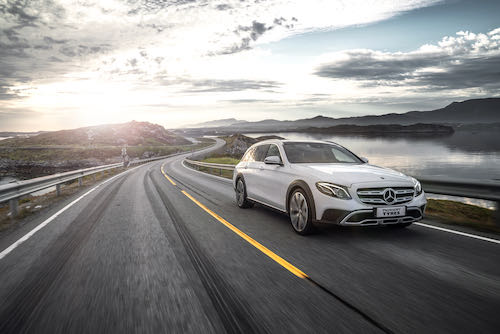If you are planning to purchase a new set of car tyres, you have a lot of different tyres to choose from. This is always good as it gives you options and you can hopefully find the tyres that are the best ones for your vehicle. If we assume that you are purchasing tyres for a passenger car, then you can ignore all the larger dimensioned tyres for SUVs or light trucks and don’t worry there is still a vast assortment of summer tyres for passenger cars.
One helpful tool for the selection of summer tyres is the EU tyre label, which is placed on all the summer tyres that are sold within the EU. It doesn’t have all the characteristics of the tyres, but it does have three important ones, which should at least help you in finding a good set. It isn’t the best place to start your tyre selection, as you would have too many tyres to compare and just comparing based on three characteristics would be too time consuming.
It is important to differentiate the selection based on if you have an electric car or hybrid versus if you don’t. For the electric cars or hybrids you need to make sure that the tyres are recommended for this use. Even though the car size is just a passenger car, the extra weight caused by the battery packs will require tyres that can handle the extra load and the higher wear due to the higher torque achieved by electric motors. So make sure that the tyre manufacturer recommends them for electric vehicles.
For the summer tyres, you want to make sure that they perform well in the weather conditions that you will experience during the warm seasons. Luckily the warm seasons tend to be mainly warm and sunny weather, so you will need tyres that can handle the hot temperatures and perform on dry roads. In addition to that you also have some spells of very wet weather. The tyres therefore have to also have great wet grip. This information you can actually find on the EU tyre label, when you compare between the tyres. The tyres also have to be good at preventing aquaplaning.
The tyres need to have the latest technologies incorporated into the tyres to improve their ability to prevent aquaplaning. These will use methods to speed up the water flow, so that the water can faster be moved away from the contact area. This is done though both the grooves in the tread and the sipes, so that the tyres can remain in contact with the road surface. You also have methods that will try to maximize the storage of water within the tread. Both methods are reliant on good remaining tread depth as the depth of the grooves has an important impact on the actual volume. This is why you need to check the tread depth of the tyres regularly and change once you reach 4 mm. You should also rotate the tyres when you change from your winter tyres to achieve an even and balanced wear of the tyres.
For more information regarding new summer tyres, visit: https://www.nokiantyres.com/
